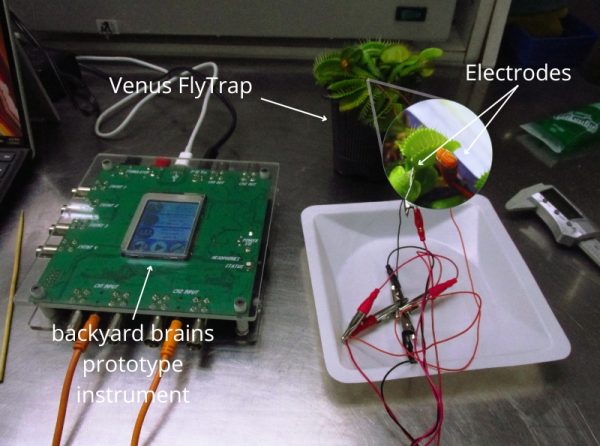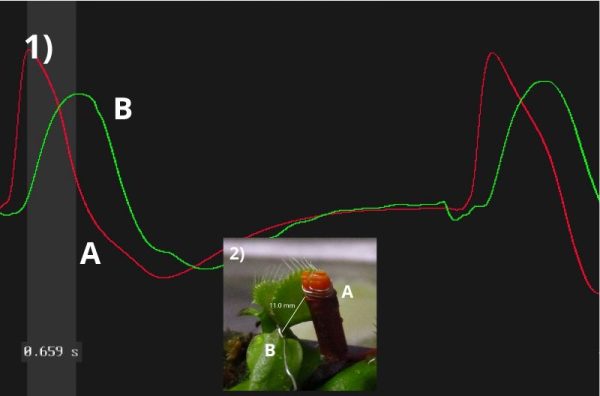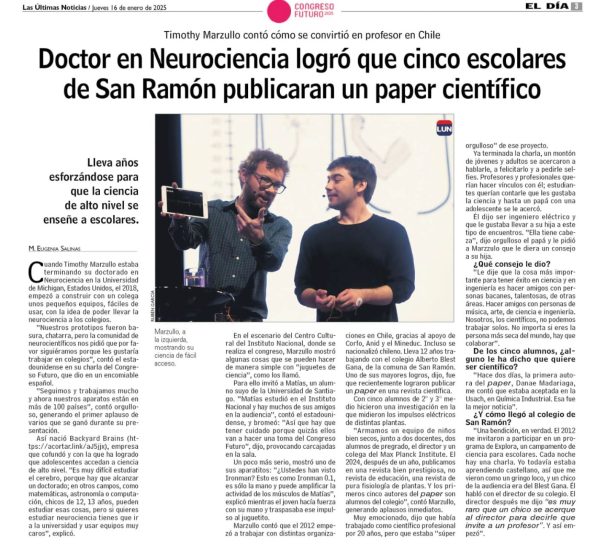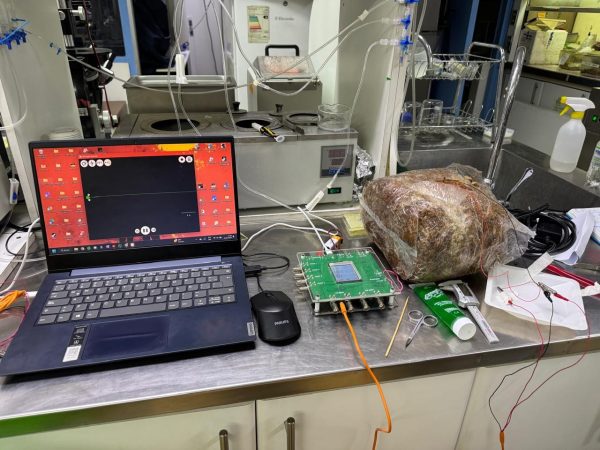
Hello! My name is Matías Morales. I am studying biochemistry in the neuroscience laboratory at the Universidad de Santiago de Chile (also called USACH). We study the NKCC1 channel role in the hippocampus in a model of autism in rats using electrophysiology methods. During hippocampal development, the concentrations of the channels responsible for regulating intracellular chloride concentrations KCC2 and NKCC1 are reversed. It has been shown that in conditions of autism and epilepsy, the expression of the NKCC1 cotransporter channel, responsible for incorporating chloride ions into the cell, is increased.

In autism, this pathological condition causes depolarizations instead of hyperpolarization due to the opening of inhibitory chloride-permeable GABA channels in inhibitory neurons called interneurons. In the laboratory, we are studying how the abnormal expression of this channel affects synaptic plasticity processes of long-term potentiation that occur in the hippocampus.
How Venus Flytrap Communicates With Itself
For my internship, I am working with Backyard Brains to show you the amazing electrophysiological power and how it can show us how to understand plants and mushrooms.
Venus flytraps commonly inhabit swamps, marshes and wetlands. These environments have acidic soils with low nitrogen content, which has led these plants to evolve so they could get this nutrient from the environment. To this end, they developed leaves that form a kind of a “mouth” with hairs sensitive to touch so that they can recognize insects that land on their jaws and trigger the closing of the leaves, thus capturing their prey.
In the first place, we studied how fast the Venus flytrap communicates with itself to help catch flies, using a prototype Backyards Brains setup that occupies two channels to receive electrical signals. This allows us to calculate the rate at which electrical impulses are being transmitted through the plant to communicate that a potential victim is in its trap.

The electrical signals generated by the carnivorous plant are sent to a computer via software developed by BYB and can be visualized real-time. Now we can see how the plants perceive their environment live! Here is an example of an action potential plant recording for you:
For the transmission velocity, we measured the difference between the electrodes collecting the signal from the plant and the response time between action potentials.

In the figure above, our electrodes were placed at a difference of 11 mm and we obtained a difference of 0.659 s between each action potential, resulting in a velocity equal to 16.7 mm/s. This procedure, repeated several times, results in a useful database for researchers.
This plant is a fantastic proof of convergent evolution, an analogous response mechanism developed by plants and animals to understand the world and their needs, creating a molecular system where electricity as a means of signal transport allows them to be fast enough to survive. Just as human muscles propel us to reach fruits or catch prey! Nature is fantastic.
Also, working with Backyard Brains, I had a chance to return to my high school, the Instituto Nacional in downtown Santiago. It is one of the oldest high schools in Chile, built by none other than one of our nation’s founders, Jose Carrera. I had the good fortune to attend this school, known for many of its students who went on to become scientists and political leaders of our country. Backyard Brains was invited to give a talk at the prestigious Congreso de Futuro, and I joined Tim on the stage for some demos. Even though it was in front of 1,000 people, I was not nervous to be back at my high school theatre. Tim was very nervous though! Jajaja.

Finally, we are doing some exploratory experiments in mushrooms. Even finding mushrooms can be difficult, but we found a business in Chile that furnished us with mushrooms. We tried to do a recording on the so-called oyster mushrooms, but the fruiting bodies have not appeared yet. We did a symbolic recording by simply sticking electrodes in the mycelium, but seeing a flat line on the recording does not give us much confidence. We are in the wilderness on this one as there is not much literature on mushroom electrophysiology. In the next blog, we hope to be able to show how we can record mushroom electrophysiology. Here’s a view of the no idea of this new world, jajaja.

Stay tuned for the next update… Ciao queridos!